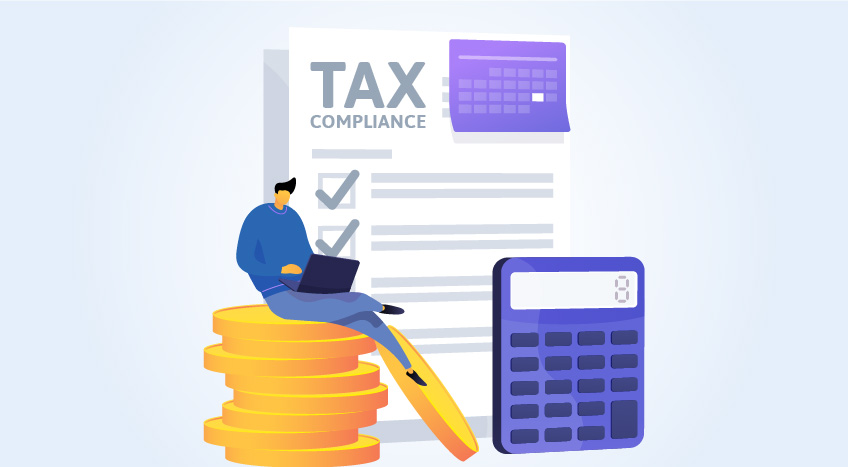The objective and unbiased auditing procedures are the most important factors of auditing quality. All types of auditing are designed to enable the auditors to obtain sufficient appropriate audit evidence to be able to reach reasonable findings on which to base the audit report. Audit evidence is one of the fundamental principles of conducting an audit.
What is audit evidence?
Audit evidence is all information and documentation collected and used by an auditor on which the auditor’s opinion is based in arriving at the conclusions of his or her review of the financial accounts, internal controls, and other matters needed to certify the company's financial statements.
Audit evidence includes both information included in the accounting records underlying the financial statements and other information. The amount and type of audit evidence differ from one audit to another based on the business industry, the company's financial system, the scope of the audit, and the type of audit.
Examples of auditing evidence include bank accounts, management accounts, payrolls, bank statements, invoices, and receipts.
Method of obtaining evidence
Audit evidence should be sufficient, reliable, and provided from an appropriate source. Obtaining audit evidence can be collected by different methods, the following are the most common methods auditors use to get audit evidence:
- Inspection
This is the main method of obtaining audit evidence. This method involves examining all records, documents, whether internal or external, in paper form, electronic form, or other media, and physical assets. The source of records and documents provided as audit evidence considers its reliability. The executed contracts as an example by the company may provide audit evidence relevant to accounting policies, such as revenue recognition.
- Observation
Observation consists of looking at a process or procedure being performed by others, for example, the auditor’s observation of inventory counting by the company's personnel, or of the performance of control activities. Observation is also the main method of audit evidence. In this method, the auditor obtains the testimony of witnesses, after this auditor can get the pinpoints of facts.
Observation provides audit evidence about the performance of a process but is limited to the time the observation takes place.
- Inquiry and Confirmation
Inquiry is the research of information from knowledgeable resources within the entity or outside the entity. Inquiries may vary from formal written inquiries to informal oral inquiries. Confirmation consists of responses to inquiries. After true confirmation, the auditor can trust and audit evidence.
Evaluating responses to inquiries is an essential part of the inquiry process. Responses to inquiries may provide the auditor with information not previously obtained. In some cases, responses to inquiries provide a basis for the auditor to modify or conduct additional audit procedures. Considering some issues, the auditor may consider it necessary to obtain written representations from management and, where appropriate, those charged with governance to confirm responses to oral inquiries.
- Computation
Computation is the calculation of the correctness of accounting data. To prove the arithmetical accuracy of an entity's records, the auditor creates computations independently as another form of audit evidence. Computations verify the mathematical processes and are used to prove the calculation of the entity.
- Analytical Review
Analytical review can indicate possible problems with the financial records of a company with the medium of ratio analysis.
Analytical procedures involve comparisons of different sets of financial and operational information, to see if historical relationships are continuing forward into the period under review. In most cases, these relationships should remain consistent over time. If not, it can imply that the entity’s financial records are incorrect.
How can TallyPrime help?
TallyPrime supports your business in the auditing process, TallyPrime has an inbuilt feature- Tally Audit which allows the auditor to conduct an audit or track changes that affect the integrity of a transaction, such as changes made to Date, ledger masters, and amounts in the voucher are reflected in the Tally Audit Listings.
TallyPrime also can help your business with its smart integrated features such as:
- With a click of a button, you can generate comparative analysis across a defined period
- TallyPrime can help the auditors with its flexible inventory management system to reach a variety of inventory reports
- It is engineered to keep all the reports ready as and when transactions are recorded, and insights are right there, exactly when you need them
Explore more Products
Inventory Management Software, Accounting Software, ERP Software, VAT Software
Learn more
Accounting Vs. Auditing, Importance of Fixed Assets management for your Business, Difference Between Regulatory, Statutory and Performance Audit, What is Accounting Diversity?, What is Financial Auditing?, What are Financial Statement Notes?, What are Accounting Policies?, What is Accounting?
How Internal Audit can Improve your Business?, How to Choose a Business Management Software in Saudi Arabia?, How Does Payroll Management Work in Oman?, How Expo 2020 will impact the economy of UAE?, How Dubai’s Incubators Have Been Aiding Start-ups for Growth and Expansion?, How to Choose the Best Free Zone for Your Business in UAE?
Checklist to Register for Trademark in the UAE, Advantages of Renting an Office Space in Dubai, Guide to Obtain an Import/Export License in Dubai, Checklist to Register a Company in Dubai, Guide to Setup a Branch Office in Dubai









